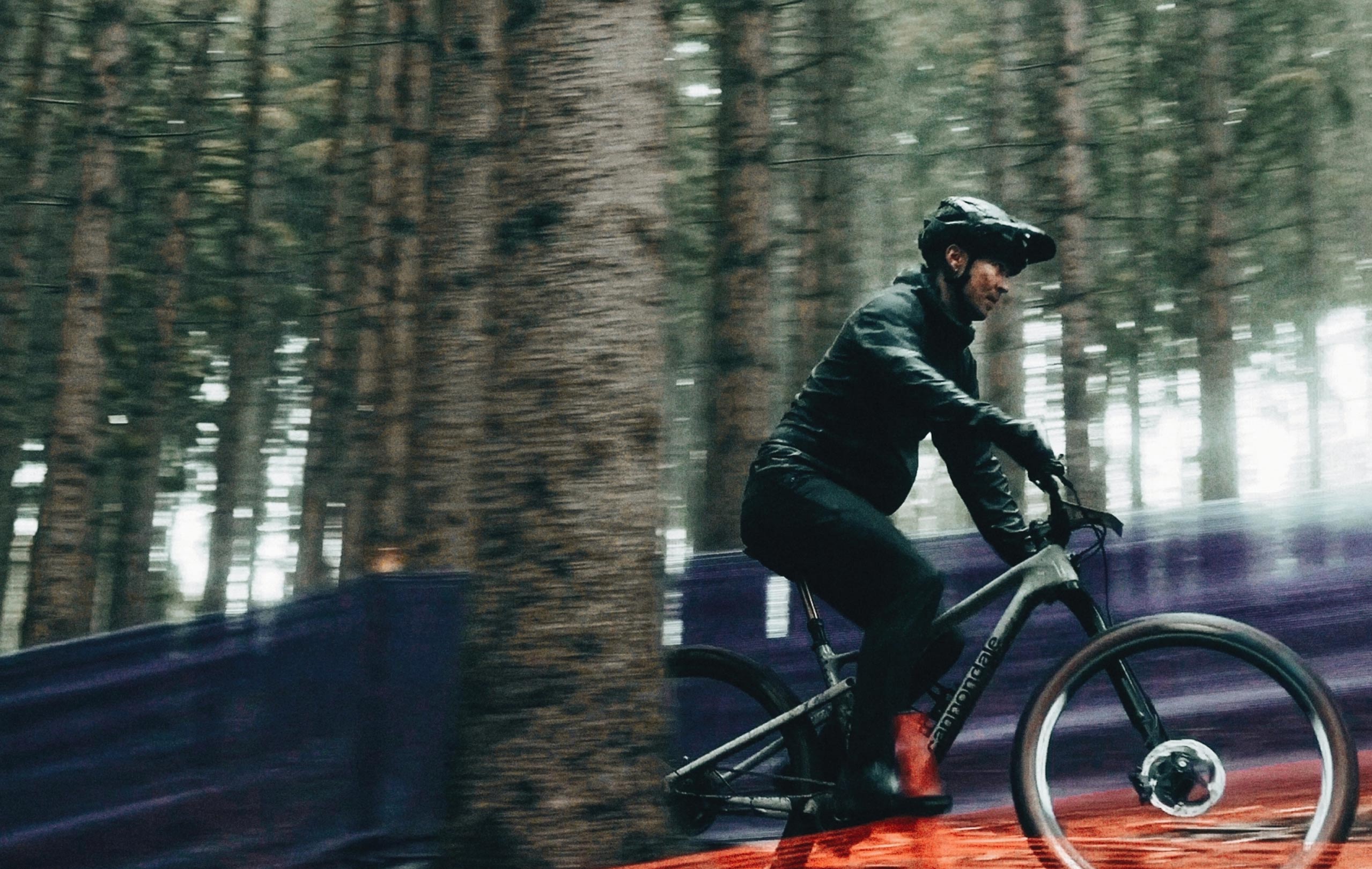Kenta’s XC Tips: Line Choice

Video by @traxxmedia
Navigating a tricky section of trail? Watch CFR technical coach and former pro XC and DH racer Kenta Gallagher break down his advice for picking the right line.
Coach Kenta’s XC Tips & Tricks
Rock garden up ahead? Maybe some slippery roots? Loose sand or soil? Kenta’s been through it. Literally.
As a former cross country and downhill racing pro, and today’s technical riding coach for the Cannondale Factory Racing XC team, he knows a thing or two about finding a fast way across tricky terrain. Watch Kenta explain the three key factors that go into choosing the right line:
1. Planning Ahead
Keep your eyes up and looking down the trail. This is especially important when riding a trail or circuit for the first time. Laps bring familiarity, but at first, keep your head up and looking ahead. “For example, around each turn when you’re climbing,” says Kenta, “you’re looking up, already planning for what’s coming next – because where I look is where I go.”
Kenta then shows us a section of trail that splits. There’s a tighter inside line, but it’s got a few big roots poking up across it. Then there’s the wider line, smooth but longer. Kenta’s advice? That wider, smoother. It’s longer, but will let you keep more momentum because you won’t have to brake for the turn or the roots.
2. Use Natural Features
Roots, rocks, berms, and other features of the trail can be obstacles – or they can be assets. “Use these natural features to gather speed, to carry momentum, or even point out braking points,” says Kenta.
For example, lean into a bermed corner to help carry speed where you’d normally brush the brakes a bit, or mark a rock on the trail that signifies where you should brake or downshift for a steep section.
3. Control Your Speed
“It’s easy to carry speed until you need to brake last minute, but don’t do that. That’s a no-no,” warns Kenta. Whether you plan to go over or around an obstacle, you’ve got to make that decision to keep yourself rolling.
This is especially true when the weather creates wet and slippery course conditions. “When things get like that,” says Kenta, “we want to look further afield to find more real estate to play with.”
Conclusion
When the rolling gets rough, the right line can keep you rolling. The wrong one can leave you stuck and frustrated, but Kenta reminds us to keep at it: “Whether you’re racing or training, the more practice you put into line choice and planning ahead, the more instinctive it will become, and the easier it will get.”